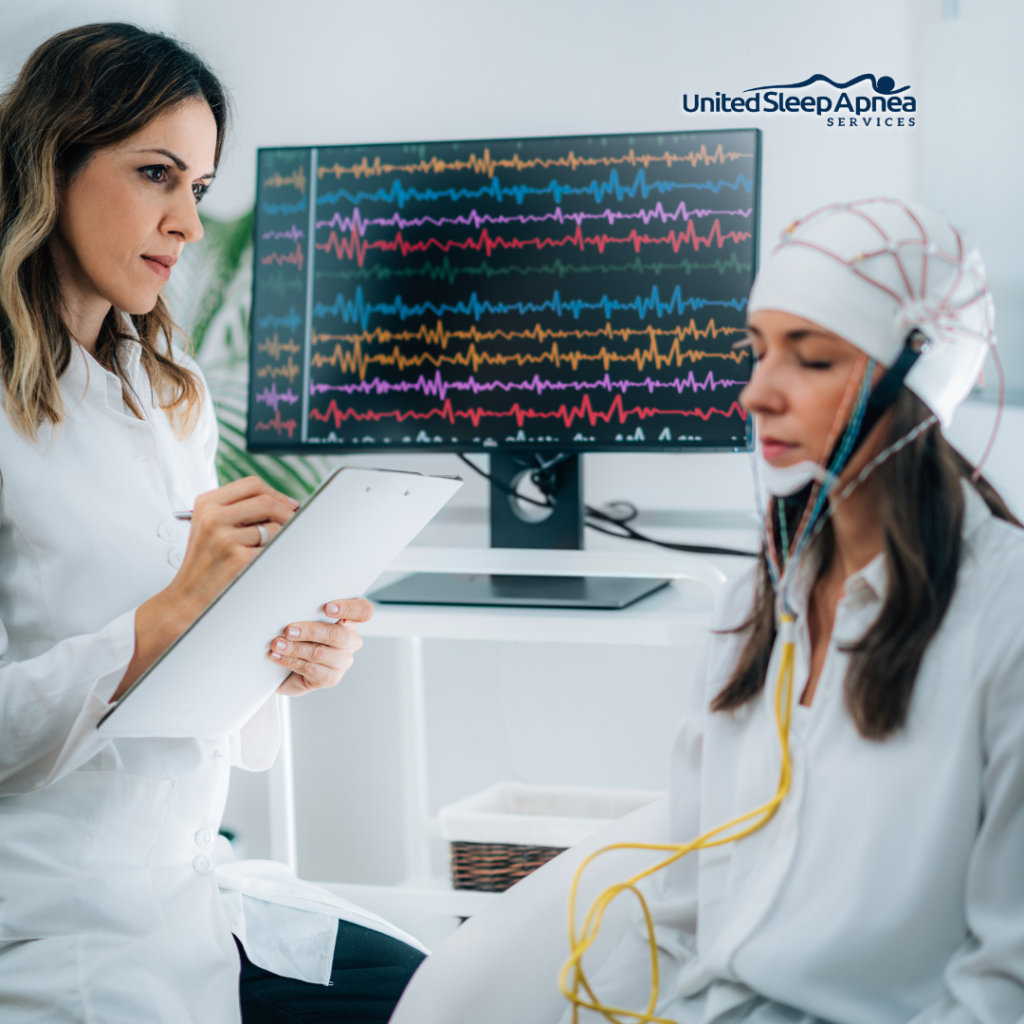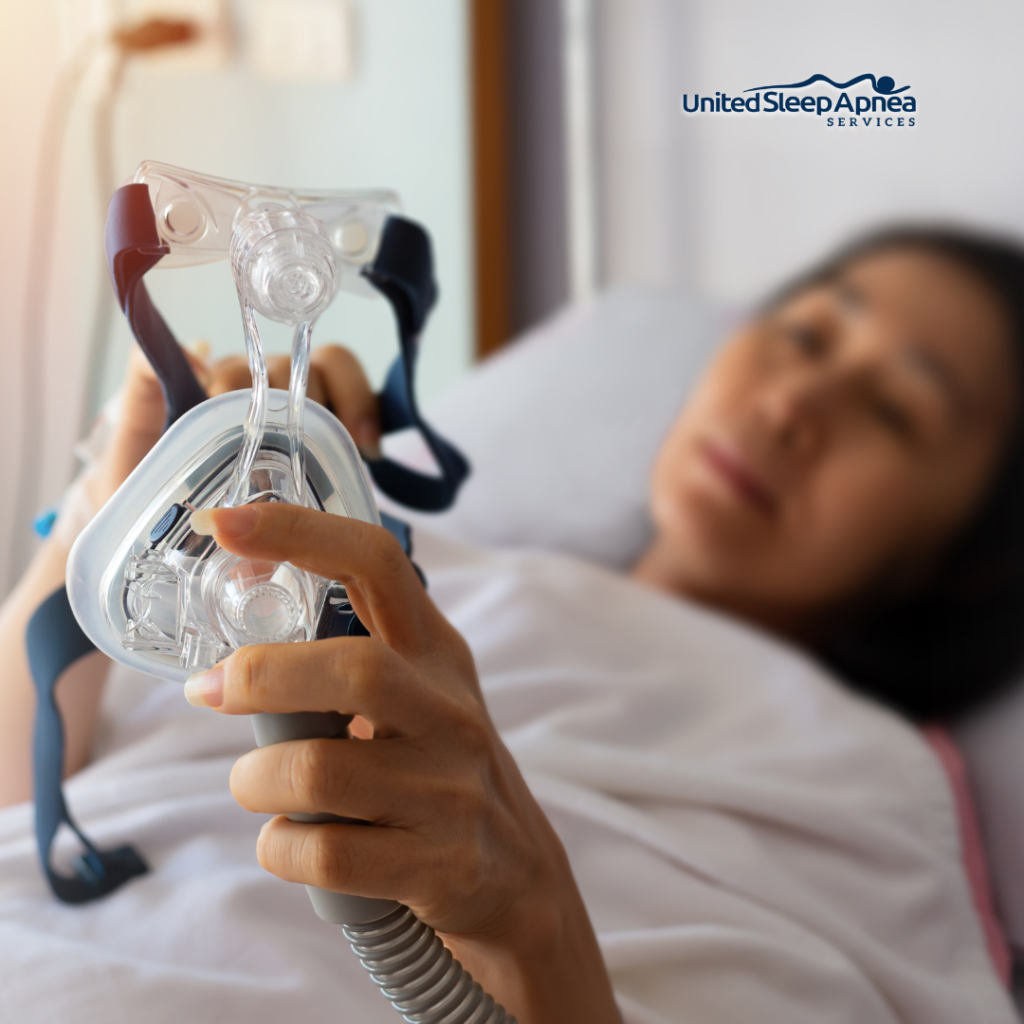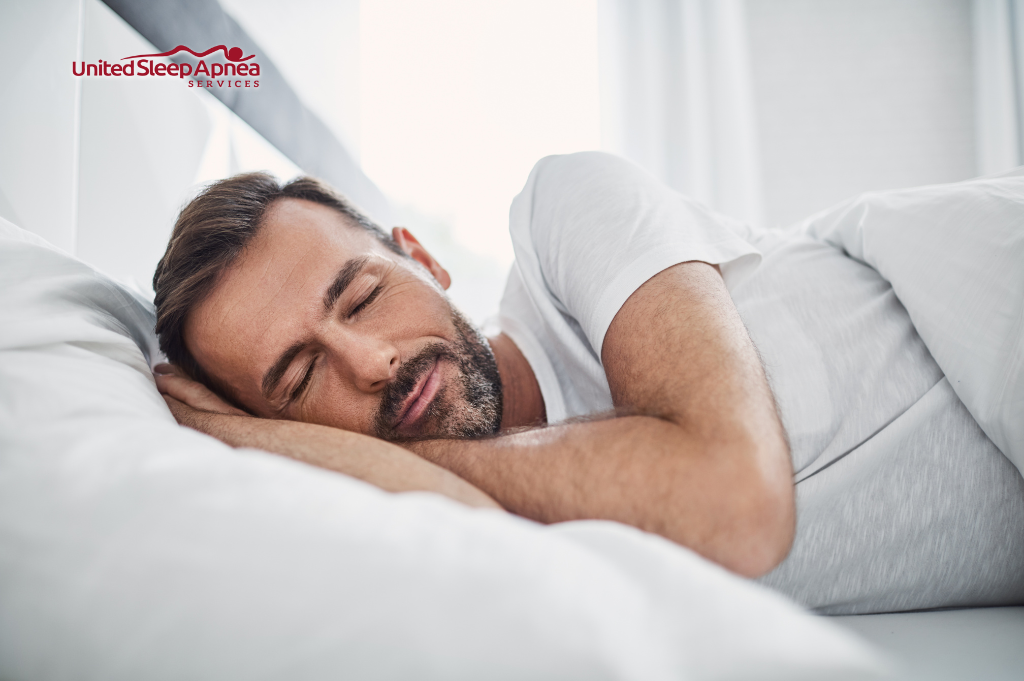Have you ever fallen asleep in your classroom and felt like dropping off the table? If you’re a working professional, have you ever felt like falling off your desk or chair?
If yes, you need to understand the architecture and physiology behind such feelings. Here, we are talking about the short 5 – 10 mins stage 1 sleep that enables you to wake up easily even though your eyes are closed.
Introduction to Sleep
Sleep helps maintain the good health of individuals by influencing various tissues and organs, including the brain, heart, immune system, and lungs, and regulates several body functions and metabolisms. A 2020 Sleep Foundation article states that sleep is one of the vital body functions that help you stay free from diseases.
Today, several pieces of research evidence lay on the table to prove that lack of sleep or sleep loss leads to decreased immune response and inflammatory activities, making the body prone to deterioration of physical (obesity, cardiovascular diseases) and mental (depression, drowsiness) wellbeing.
Sleep Cycle and Sleep Episodes
Thanks to the invention of the Electroencephalograph (EEG), which opened the eyes of researchers to study sleep and various stages of sleep in detail. A 2020 Sleep Foundation article clearly states the American Academy of Sleep Medicine’s (AASM) latest (2007) update on the classification of sleep stages into four phases. Earlier, scientists referred to five sleep phases.
The two primary forms of sleep that constitute a sleep cycle include Rapid Eye Movement (REM) sleep and Non-REM (NREM) sleep. NREM sleep is further divided into three and has four sleep stages in a sleep cycle.

The sleep cycle takes rotation and forms multiple sleep episodes throughout the night. A single sleep episode begins with NREM stage 1, followed by NREM stages 2 & 3, and ends with the REM sleep stage. The total sleep of an individual involves cycles between these sleep episodes.
The sleep cycle repeats around 3 – 4 times every night for normal individuals. In general, an adult spends more of their night time in NREM sleep than in REM sleep. On the other hand, an infant spends about half of their sleep in NREM sleep and the remaining in REM sleep.
Stages of Sleep: A Synopsis
Stage 1 Non-REM Sleep
This sleep stage becomes the transitional stage between wakefulness and sleep and serves as the first stage of a sleep cycle. Usually, this stage is short and lasts only about one to seven minutes. In this light stage of sleep, your breathing, eye movements, and heartbeat slow down. In addition, the muscles start relaxing, and brain waves start decelerating. This stage contributes to about 2 – 5% of a full night’s sleep.
Stage 2 Non-REM Sleep
This sleep stage is also another light sleep stage next to stage 1 NREM sleep. In this stage, your breathing, eye movements, and heartbeat further hamper. Brain waves and body temperature drops to nadir. The muscles further relax than that occurred in stage 1 sleep. This stage of sleep lasts about ten to fifteen minutes and usually extends into successive sleep episodes. In a whole night’s sleep, this stage contributes to about 45 – 55%.

ARE YOU MISSING OUT ON THE MOST RESTORATIVE SLEEP OF YOUR LIFE?
Reduce your daytime fatigue with the latest diagnostic testing and physician services for improved health.
Our team of experts will listen to your concerns, guide you through the process, and answer all your questions.
Stage 3 Non-REM Sleep
This stage stands as the beginning of deep sleep, ending the light sleep. In general, this stage lasts longer in the first half of the night. In this stage, your breathing and heartbeat reach the lowest levels, and your muscles are completely relaxed. The brain waves and activities become zero. This stage contributes to about 20 – 30% of a full night’s sleep.
Stage 4 REM Sleep
This stage onsets at about 90th minute from the time you fall asleep. Unlike the NREM stages, eye movements are rapid in this stage, hence the name, Rapid-Eye Movement (REM) sleep. The brain waves and activities gradually increase and reach a level that is similar to that of wakefulness. Likewise, your breathing and heartbeat become faster. This stage is known for its unique characteristic of dealing with dreams and memory consolidation. The legs and arms literally get paralyzed, not letting the body move or act your dreams.
Non-REM Stage 1 Sleep in Detail
A 2019 Very Well Health article amazingly explains stage 1 sleep, how it initiates, what actually occurs at this stage, how it leads to stage 2 sleep, and further sleep cycles.
As mentioned earlier, stage 1 sleep transits between wakefulness and sleep. Hence, people can easily get awakened at this stage. Any slight distractions like noise or lights can awake the individuals from sleep during this stage. This stage 1 sleep acts as a preparation stage wherein the body prepares itself to get on to sleep. The preparation includes:
- Lowering brain activity
- Reducing body temperature
- Relaxing the muscles
- Reducing the heartbeat and breathing
Sometimes, people awake at this stage 1 sleep say they did not really fall asleep. This is because of the light sleep mode that makes them think that they did not actually sleep.
An individual in stage 2 sleep requires intensive stimuli for arousal, whereas individuals in stage 1 sleep do not require such stimuli. As the transition occurs from wakefulness to sleep, the brain waves transit from the beta waves (fast) to alpha waves (slow). Also, as muscles relax, the legs and arms experience a kind of drift (a jerk). This often ends up either as myoclonic jerks or hypnagogic hallucinations.
- The feeling of falling off characterizes myoclonic jerks or hypnic myoclonia. This is due to the spontaneous stimulation of specific brain motor areas.
- The feeling of someone calling your name characterizes hypnagogic hallucinations. These are extraordinary sensations that occur during stage 1 sleep.
Though these jerks sound abnormal, these are pretty standard events (quick awakenings) that occur in most people’s stage 1 sleep.
Notably, except for newborns and patients affected by narcolepsy or neurological disorders, an individual’s sleep episode begins with only stage 1 sleep.

ARE YOU OR YOUR LOVED ONES AFFECTED BY SLEEP APNEA?
Our process is designed using a patient-centered, holistic curative model that focuses on lowering costs while improving outcomes.
We serve veterans, minorities, families, and those who can't get tests done at other facilities
Stage 1 Sleep and Influencing Factors
A remarkable cross-sectional research study published in the Archives of Internal Medicine – JAMA Internal Medicine in 2004 makes itself an incredible asset to many of the research scientists interested in conducting experimental analysis on sleep, sleep stages, and factors relative to sleep stages.
The study was carried out with around 2685 subjects with a combination of both males and females. The subjects were in the age group ranging from 37 – 92 years. The study aimed to understand the effect of age, sex, ethnicity, & breathing on the subjects’ regular sleep architecture.
The significant findings of multivariable and percentage analysis include:
Men were highly relative to lighter sleep (stage 1 sleep), whereas women had high relativity towards slow-wave sleep (stage 3 sleep). Men showed a significantly higher percentage of stage 1.
Individuals older than 61 years showed a higher percentage of stage 1 compared to those 54 years or younger.
The lowest BMI quartile individuals had a significantly lower percentage of stage 1.
American Indians showed a higher percentage of stage 1 than Blacks or Whites.
Current smokers showed a higher percentage of stage 1 than ex-smokers or non-smokers
Individuals with stroke history showed a higher percentage of stage 1.
Men showed a higher percentage of stage 1 than women under each quartile. With the increase in age, men showed a higher rate of stage 1.
Other Supporting Evidence: Sleep Stage 1 and Age/Sex
Research published in the International Journal of Neuroscience studied the effect of age and sex on nocturnal sleep and wakefulness in about 100 healthy sleepers. The study found that adult men had a relatively higher sleep time in stage 1.
A 2014 report published by the Society for Women’s Health in the Journal of Women’s Health unveiled that:
- Men had higher NREM stage 1 and stage 2 sleep than women.
- In contrast, women had higher (106% more) slow-wave sleep - stage 3 sleep and lesser NREM stage 1 sleep than men irrespective of the age group.
- Across all ages, men showed a higher apnea-hypopnea index compared to women.
- The normalized brain delta activity in older women was lower than in older men.
Sleep Stage 1 and Sleep Disorders
Obstructive Sleep Apnea (Breathing disorder)
A 2015 research study published in the Journal of Clinical Sleep Medicine discusses in detail the Non-REM predominant Obstructive Sleep Apnea.

The study revealed that breathing becomes irregular in NREM sleep, as this stage of sleep is regulated by chemical control when arousal takes place. Also, it is clear that though OSA seems severe in REM sleep, the predominance is observed in NREM sleep.
Later research (2018) published in the Canadian Respiratory Journal compared the NREM and REM-related OSA via a cross-sectional study. Findings concluded that a higher percentage of OSA is predominant in men. Furthermore, severe OSA in NREM-related apneas in older men who were obese.
Insomnia (Arousal disorder)
When it comes to Insomnia studies among REM and NREM, the number of experimental studies carried out by researchers seems pretty low. With the available research evidence, scientists performed an NREM/REM sleep awakening study among insomnia patients and good sleepers. The study, published in the Sleep journal, discovered that auditory arousal threshold values in NREM sleep were lower in insomnia patients than in REM sleep.
Restless Legs Syndrome (Sensorimotor Disorder)
As in NREM sleep, legs and arms can move without any restriction; restless leg syndrome is highly predominant in NREM sleep.
NREM Sleep Parasomnias (Night Terrors and Sleepwalking)
In general, children get affected by NREM sleep parasomnias with partial awakening. Night terrors or Sleep Terror Disorder occurs suddenly and accompanies partial arousal from delta sleep, characterizing screaming, and anxiety. Sleepwalking or Somnambulism are impaired arousal that occurs in repeated episodes of sleep.
How to Prevent Quick Wake-Ups?
Quick wake-ups affect the quality of non-REM sleep stage 1 and, in turn, decrease the total sleep efficiency of an individual. Here are a few tips that you can follow to prevent quick wake-ups:
- Set up your sleeping environment before you go to bed.
- Turn off lights and all electronics/music systems.
- Make it a habit to sleep between the same time intervals every day. This helps the biological clock regulate your sleep stages and cycles.
- As a best practice, ensure all your family members sleep simultaneously. If anyone is awake, disturbances are bound to occur.
- Avoid caffeine and alcohol kind of intake at night or before going to bed.
- Do not hurry to go to sleep. Better relax and feel warm.
- Do not think much while resting on the bed. This leads to easy wake-ups, and these poor light sleep stages affect total sleep quality.
Conclusion
Humans spend nearly one-third of their lifetime sleeping! Yes, for a human to survive, like water and food. So, why should you compromise on keeping your sleep quality and health?
Undergo a home sleep test with us and check if your sleep quality is up to the mark.
Start improving your sleep from today!


